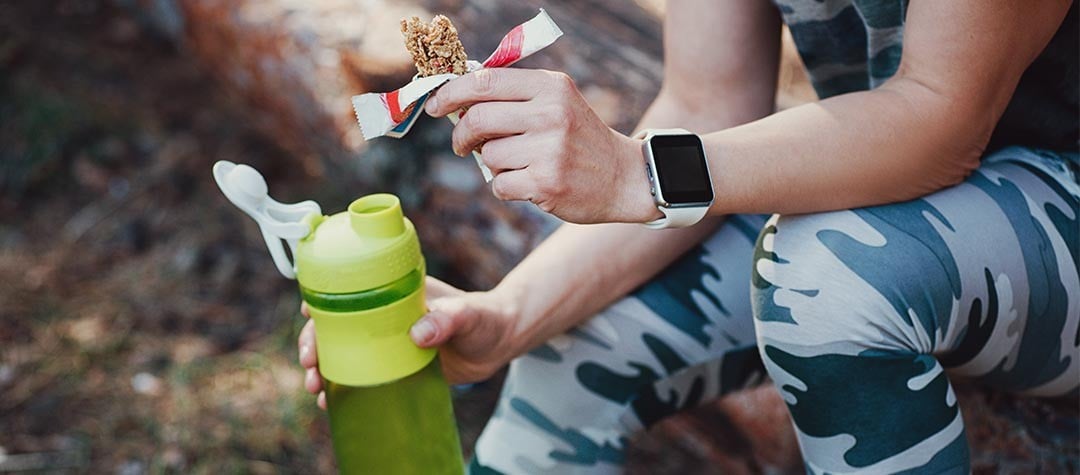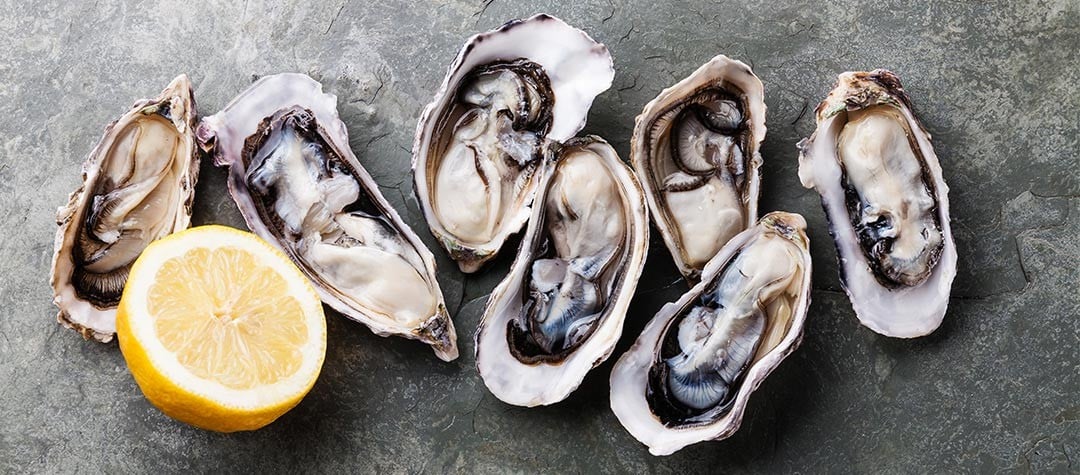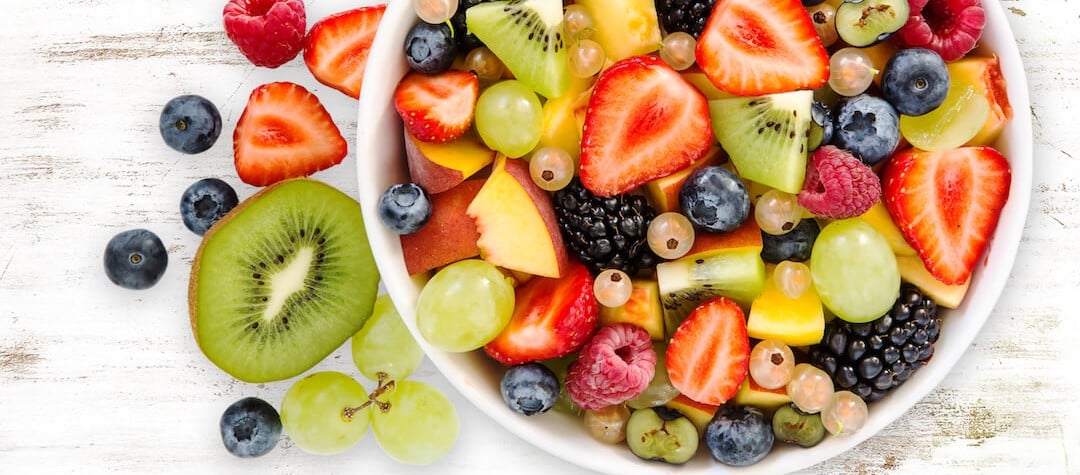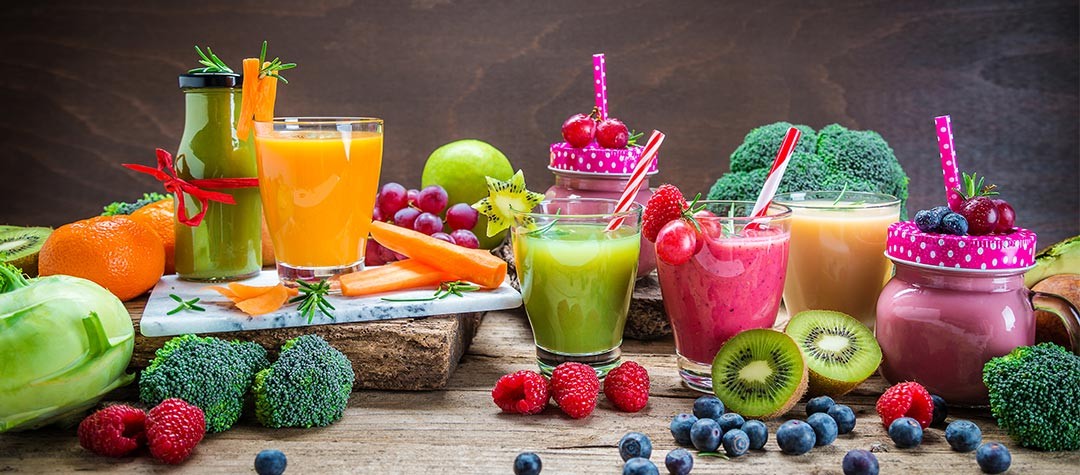The sports nutrition product industry has boomed in recent years with a host of gels, bars and drinks now available to runners. But are these energy and recovery sources a benefit or simply an unnecessary cost?
Specialist nutrition products come at a price; the question is whether it’s a price worth paying. If you’re thinking of trying special energy drinks, gels or bars to support your training then read this feature first.
We assessed the types of products available, when they are meant to be used and how useful they are as part of a sports nutrition programme. This guide includes advice on:
- The different types of sports nutrition products
- When and when not to use energy drinks, bars and gels
- Alternatives to specialist products
- Value for money
Which sports nutrition product is right for me?
Sports nutrition products can be broadly divided into three basic categories; sports drinks, energy gels and energy bars; consult the information below to check out the differences between them.
Sports drink (pre-mixed)
Description: Re-hydration or fuel replacement drink, either for instant energy, pre-exercise fuelling or post-exercise recovery.
Notes: Portable solution for kitbags, use in running events or carrying on a bike.
Sports drink (powdered)
Description: Powdered version of the pre-mixed varieties that you make up yourself with water.
Notes: Cheaper solution for higher volume users, ideal for mixing at home before a run or other exercise.
Energy gels
Description: Syrup-like and sweet tasting jelly, supplied in a small, portable sachet.
Notes: Should always be consumed with approx 250ml (8.5oz) of water for correct concentration before exercise.
Energy bars
Description: Chewy bars and can be used pre, post or during running exercise.
Notes: Can be formulated for instant, slow release or a combination of energy needs. Recovery versions often contain protein for repair.
When should sports nutrition products be used?
Sports drinks are formulated to be used at different times. So to maximise the nutritional benefits to your running, it is important to use the right type of drink at the correct time or else the benefits are lost, for example:
- Hydration drinks. Aim to optimise fluid levels in the body by including minerals and salts that can be lost during running exercise. They often contain a small amount of carbohydrate for instant energy and are most suitable for fluid replacement during exercise.
- Fast-release energy drinks. These are either mainly or completely syrup or glucose-based, which is absorbed into the bloodstream (and hence by the working muscles) extremely rapidly. Ideal to use when exercising to maintain energy levels because of the almost instant effect they have. Easy to consume part way through a session, on a bike or whilst running.
- Slow-release energy for endurance. The equivalent of a pasta meal in a bottle; slow energy release drinks usually contain maltodextrin, a complex carbohydrate which is released slowly into the bloodstream and can maintain energy levels for a longer period of time during a run. Ideal to use before exercising so that energy levels do not dip during training or competition, or to supplement food after exercise.
- Combination release energy drinks. Containing a mixture of both slow and fast-release energy (typically glucose and maltodextrin), they are useful at any time (pre, post or during a run) because they can provide an instant energy hit and follow-on fuel for longer term sustained energy.
- Recovery drinks. Similar to combination release drinks, but also contain protein to aid the cell rebuilding processes that are needed after exercise . These drinks can sometimes be mixed with milk to further enhance protein quantities and improve running.
- Energy gels. Best used during exercise and popular with long-distance runners and cyclists because the sachets are small, light and easily carried in a pocket. An energy gel is effectively a sachet of concentrated energy and should be used correctly to get maximum benefits. After consumption, a gel should be washed down with up to 250ml (8.5oz) of water to avoid increasing dehydration. If water is not consumed with a gel, to dilute it in the stomach, fluid can be drawn out of the body, thereby causing or adding to dehydration.
- Energy bars. Bars are less suitable for use during exercise because solid food can often feel unpleasant in the stomach whilst you are working-out and it is often impractical to chew and run. The exception to this rule is cyclists, whose activity is less dynamic and can often eat because they are in a seated position for longer periods. Either pre or post-exercise, energy bars can provide instant, slow-release, combination or recovery fuel. Often more palatable than either a drink or a gel, their portability makes them a popular choice for runners.
Valuable run training aid or expensive luxury?
After all that information, the key question is: are these specialist sports nutrition products worth buying or unnecessary luxury items? Without exception, used at the right time, all the products can help your training, competition and recovery. Part of their attraction is their pre-packed formula and portability, which of course comes at a price.
So if you baulk at spending on an energy replacement bar or a packet of energy drink mix, what alternatives are available? Check out some cheaper alternatives below you can make up yourself..
Before exercise
Consume a low fat meal containing 30g (0.066 lbs) of protein and complex carbohydrate, washed down with water. Allow sufficient time for digestion before working out to avoid stomach problems.
During exercise
A banana if the activity is lower intensity, for example: cycling, or another alternative is a homemade sports drink. Try the following options:
- Sports drink to hydrate: Add 50g of sugar, a pinch of salt and 200ml (7fl oz) of sugar-free squash to 1 litre of water.
- Sports drink to fuel : Add a pinch of salt and 400ml (14.06 imp fl. oz) of standard squash to 1 liter of water.
After exercise
Homemade sports drink (fuel composition) and a tuna sandwich on wholemeal bread.
A tuna sandwich after consuming a homemade energy drink will provide complex carbohydrates for long-term energy release and protein for muscle repair.
Our verdict — are sports nutrition products a rip-off?
Today’s society and culture is fast-paced and convenience-focused, and so pre-packed sports nutrition complements this perfectly. What could be easier than tossing a couple of energy bars in your kitbag and an energy gel in your pocket before starting your training session?
Energy drinks, gels and bars are valuable products which can enhance both your run training and competition, as well as making your life simpler — but at a price. No sports nutrition supplement should ever be used instead of good quality food choices, purely to support your exercise programme.
Most of the benefits of the off-the-shelf sports nutrition products can be replicated at home, providing that you have the time — the ideal solution is a combination of the two. Never use packaged products as a substitute for missed meals or proper nutrition; instead, use sports nutrition products sensibly, when they can genuinely add value to your training session or competition.















